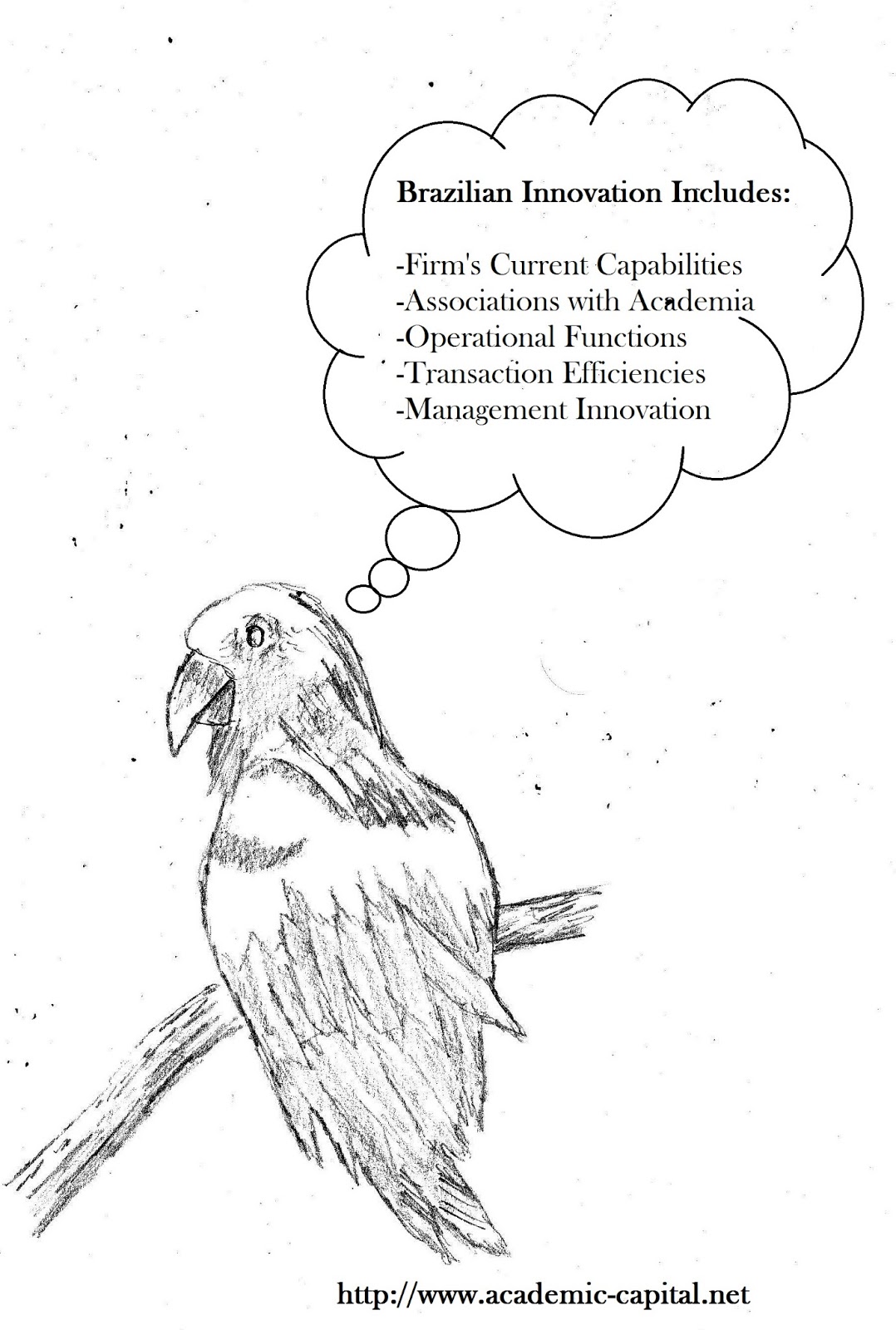Innovation is often seen within the vantage point of
knowledge sharing networks and technology. However, the decisional process that
creates innovation may include other factors that can provide competitive advantages
for organizations. There are a range of complementary capabilities that improve
upon organizational innovation (Yam, et al., 2011).
According to the neo-Schumpeterian models there are
four areas that help to create sustainability (Nelson
and Winter, 1982). Technology, account operations, management, and
transactions have an influence on the success of the entire business. Each of
these concepts interrelates and influences the overall innovation standards.
The factors that lead to higher levels of market
performance are often embedded in other functions within the organization. For
example, the personalities of the management team will determine management
innovative capabilities. Research helps to improve upon the overall development
of appropriate constructs for improving the overall organization.
A proper research method for understanding and
developing new constructs is through the use of case studies. Such
phenomenological research allows for in-depth analysis of the main concepts.
Quantitative approaches review existing constructs and measure them at a high
level. To understand a concept in depth requires keep observation by exploring
the associations of various components of the phenomenon. The study discussed
below uses the case study approach.
The purpose Zawislak, et. al. (2013) study was to
develop a greater understanding of how innovation is fostered within
organizations by reviewing case studies. The study included 26 companies from
the various sectors of Rio Grande do Sul. The
directors and managers from ten total companies agreed to participate in the
analysis of the innovation structure. Information was collected through data
mining, interviews, and site visits creating triangulation of data and higher
levels of validity. Four final cases were used to assess the constructs in the
study.
Results:
-The firm’s current capabilities will
determine its ability to be innovative and its market strategy.
-Redevelopment of departments based upon
input from universities and research centers.
-A company that provides small batch
production seeks innovation through efficiency of operational functions.
-Management innovation has led to
integration of functions and year-to-year revenue increase of 20% when compared
to the industries 5%.
-Transactional efficiencies have led to
growth and market expansion in the area.
Analysis:
Firms have market approaches that allow
them to compete within the market. Due to the perception of management most
innovations are going to be focused on their competitive strengths. To create
wider matrices of improvement requires a change in management that affords new
perspectives and insight. Furthermore, pushing particular vantage points may
create a phenomenon called “group think” where new ideas are not forthcoming.
Through the development of management innovation, transactional improvements,
operational efficiencies, and restructuring organizations can further their
innovative and market interests.
Nelson, R., Winter, S.(1982) An Evolutionary Theory of Economic Change.
The Belknap Press of Harvard University Press, Cambridge, Ma.
Yam, R.,
Lo, W., Tang, E. & Lau, A. (2011). Analysis of sources of innovation,
technological innovation capabilities, and performance: an empirical study of
Hong Kong manufacturing industries. Research Policy, 40 (3).
Zawislak, P., Alves, A., Tell-Gamarra, J., Barbieux,
D. & Reichert, F. (2013). Influences of the internal capabilities of firms
on their innovation performance: a case study investigation in Brazil. International Journal of Management, 30
(1).

No comments:
Post a Comment